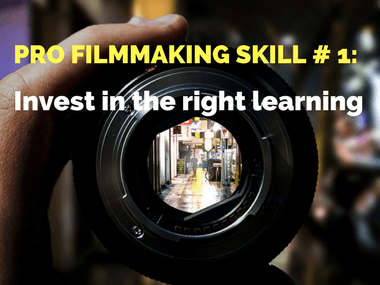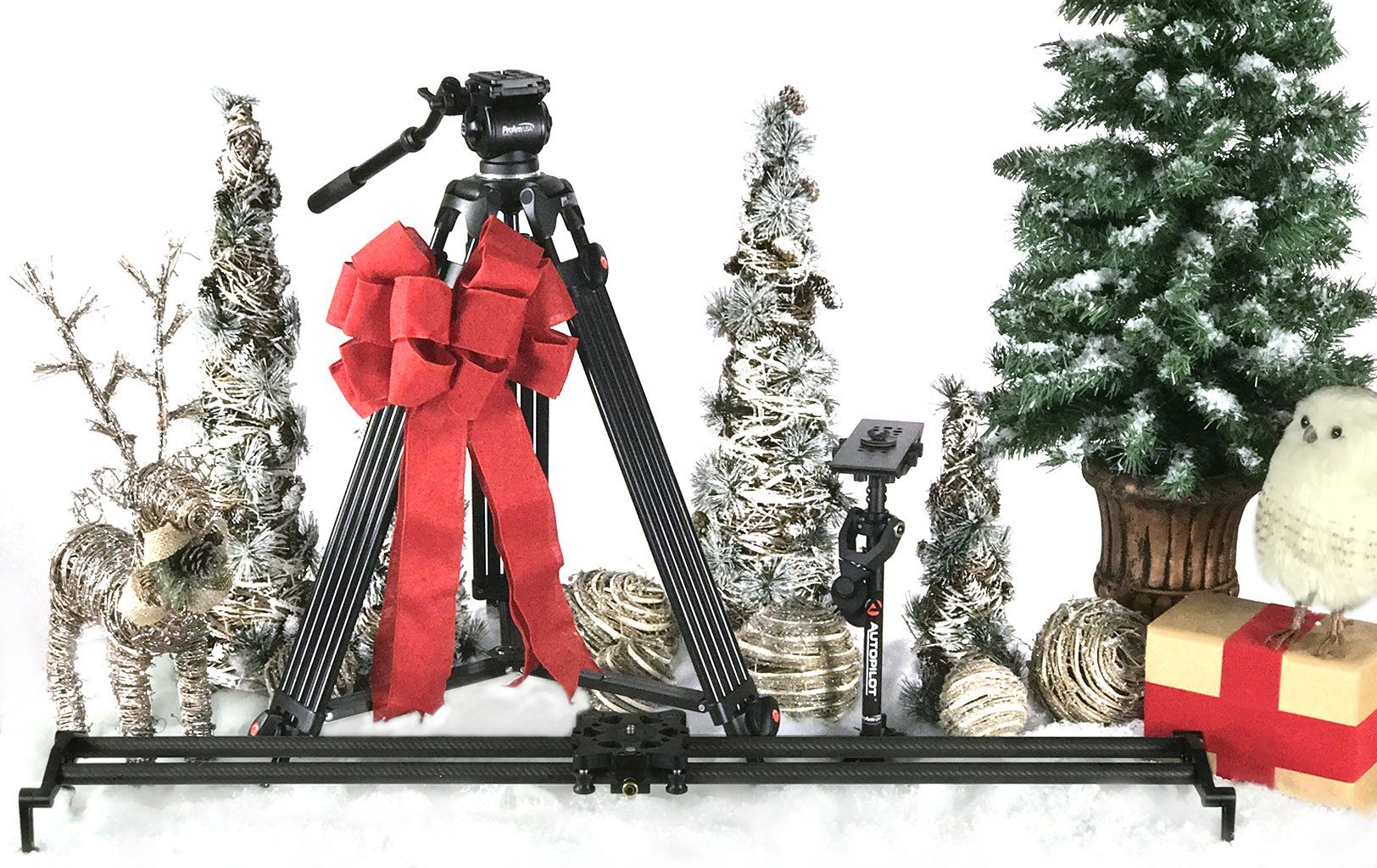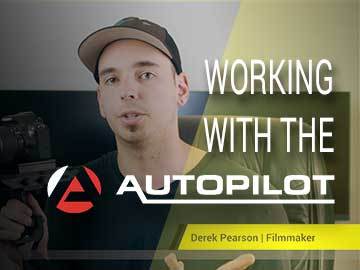Filmmaking is made more accessible to hobbyists because of the abundance of video tutorials, reviews and mass production of user-friendly cameras and other video gear. But if you’re aiming to turn your filmmaking passion into a mastered skill, investing in the right areas– from gaining significant knowledge to getting the proper camera gear is essential in order for you to have a rewarding experience. The time, effort and resources you’ve spent to mold your passion will clearly show in your work.
Commitment to Learn
Of course, passion needs commitment in order to drive better results. It will take some time for you to master the skills needed to make your film as polished as theatrical releases or in a particular style that you want. For some budding filmmakers, there might be certain rules that they’ve failed to acknowledge or gear they might have overlooked that could be the key to the success of their story. This is why we need to go back to the basics and learn as much information as we can to build a solid foundation and continue to update ourselves with the ever-changing trends of filmmaking.
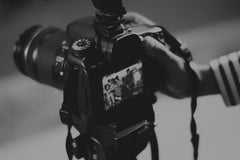
Consider these, some of our favorite filmmaking books, as great places to start.
Film Directing Shot by Shot: Visualizing from Concept to Screen
How to Shoot Video That Doesn't Suck: Advice to Make Any Amateur Look Like a Pro
How to Shoot a Feature Film for Under $10,000: And Not Go To Jail
Starting It Right
Although there are no hidden secrets known only to elite filmmakers to establishing a good shot for your film, there are no shortcuts to getting the right settings to make your film look great and worthwhile to watch. It’s like leaving a good impression to your audience and leaving a legacy for other filmmakers to emulate the right practices needed for creative filmmaking. Trendsetters often have a portfolio of work behind them which gives their creative license more pull. Consider that it's going to be important to master the basics before creating your first film that shakes up Hollywood.
From Auto to Manual
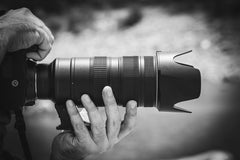
So many reviews compare the benefits of using a DSLR camera to a camcorder or digital versus film. But the number one factor to consider when it comes to investing in the right camera gear is the ability of the filmmaker to use the gear wisely. It's not the tools, but the craftsman that makes the piece.
Understanding how your camera and your gear works and not relying on the default or automatic settings is priceless! With this in mind, we’re certain that it’s not the camera or the gear that works wonders for the film, but the filmmaker behind it.
“So what if you just switch to auto settings?” This makes a big difference to the appearance of your films.
New "Auto Focus" settings being released on the latest cameras are certainly exciting to play with, but it would be ill-advised to rely on these new technologies for a professional film. The technology is not perfect so setting autofocus can momentarily make your shot blurry when your subject moves closer to the camera and suddenly moves back. If you must use autofocus, it should only be used in dynamic shots with the subject making progressive movements rather abrupt ones.
An often overlooked point to look at is the “Auto-White Balance” (AWB) which is a default setting in most cameras. AWB can mask the natural outlook of your shot, so it’s advisable to deactivate this setting by holding up a white paper or focusing on a white wall and activating the custom white balance function. You may also need to change your white balance settings when you film in another location, so you can match present lighting conditions.
You'll also want to monitor exposure. Set your camera exposure manually by referring to the histogram function. Make sure the histogram displays a perfect bell-curve shape as this means that your camera has a well-balanced contrast.
Solid, Effective Gear
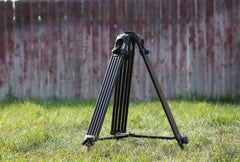
Beginning filmmakers have almost unlimited options to choose from when it comes to gear. At ProAm USA, we design our equipment to be simple, effective and accessible to pros and amateurs alike.
Aside from getting the right camera settings, you need proper support gear to be able to nail the basic shots. Opt for a professional tripod like the ProAm USA Tandem Tripod kit. Mount tripod heads, camera cranes, and sliders to this study set of sticks. The rugged and simple design will last for years into your career.
When you're comfortable framing your compositions, you may want to move into the realm of dynamic moving shots, sure to add to your film’s production value. These are the shots that have the power of pulling the viewer into a film by taking advantage of psychological effects of motion. ProAm Camera Cranes have been used for over a decade to help filmmakers accomplish this. Sweeping pans and rising pedestal shots, just to make a couple, add a new dimension to shots and captivate audiences. You may also want to invest in a camera stabilizer, like our Autopilot. There's nothing worse than trying to stabilize shaky footage in post. For professional results, you'll always want to do most of the hard work at the camera. This means getting your exposure right, reducing shakiness, getting clean audio, etc. Trying to fix these in the post can be a nightmare of a battle.

Of course, performing dynamic camera movements is a skill that takes time and practice to master. No one will pick up a stabilizer and complete a perfect and seamless Reservoir Dogs style shot on day one. Whether you're using a camera jib or stabilizer, take the time to shoot hours of test footage, and review it to see where improvements can be made. We have some great tips in our Learning Center that will surely be helpful.
Before we sign off, let's take a quick look at audio. There are books written on only this topic, so it's not something you want to overlook. Consider it an incredibly important part of your films, possibly even more so than your camera and lens choices. We've got a helpful buyer's guide on our blog showcasing our favorite audio gear for truly professional filmmaking.
We hope the info you’ve received will help change the way you think about filmmaking. With some practice and perseverance, you’ll be able to master these skills and eventually make up a few techniques of your own!

